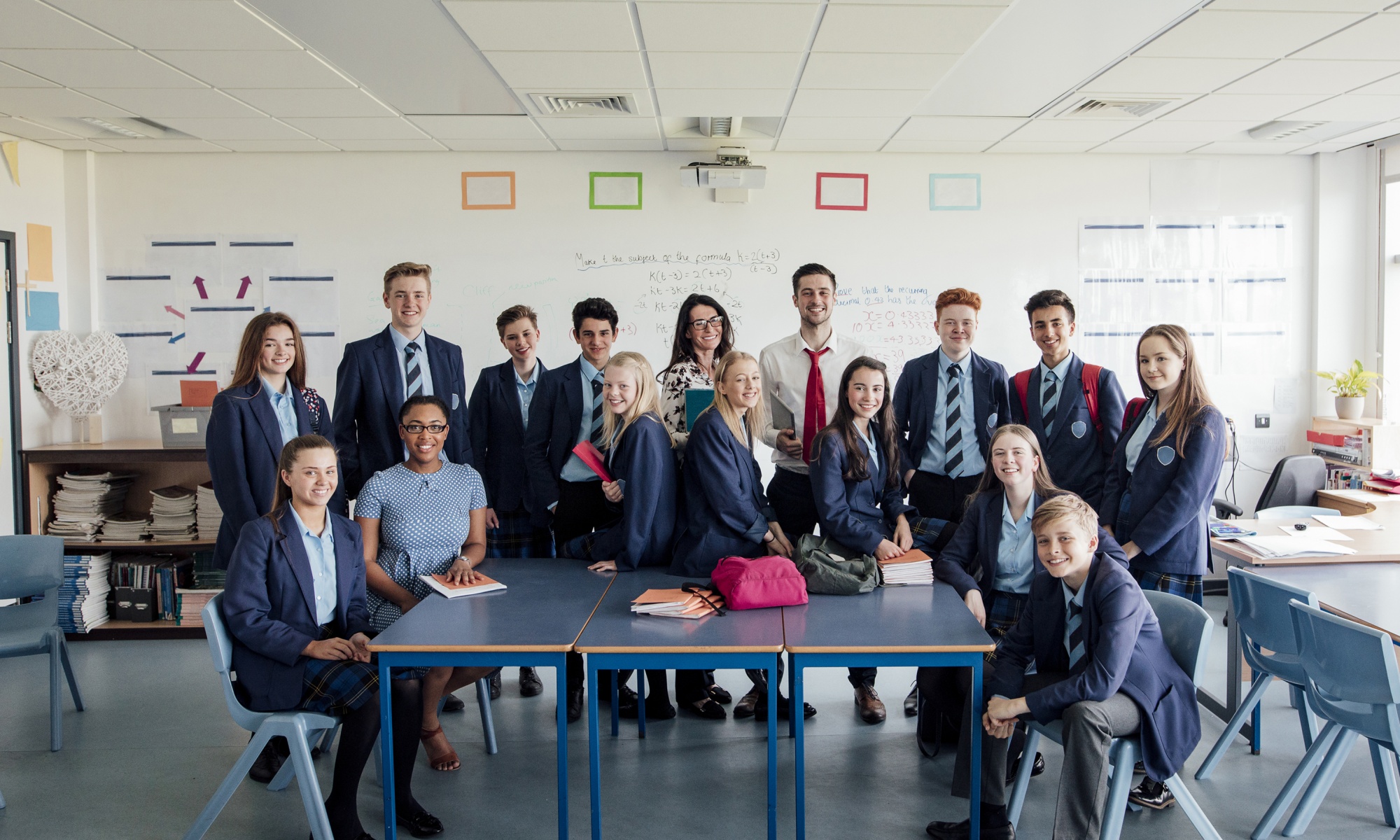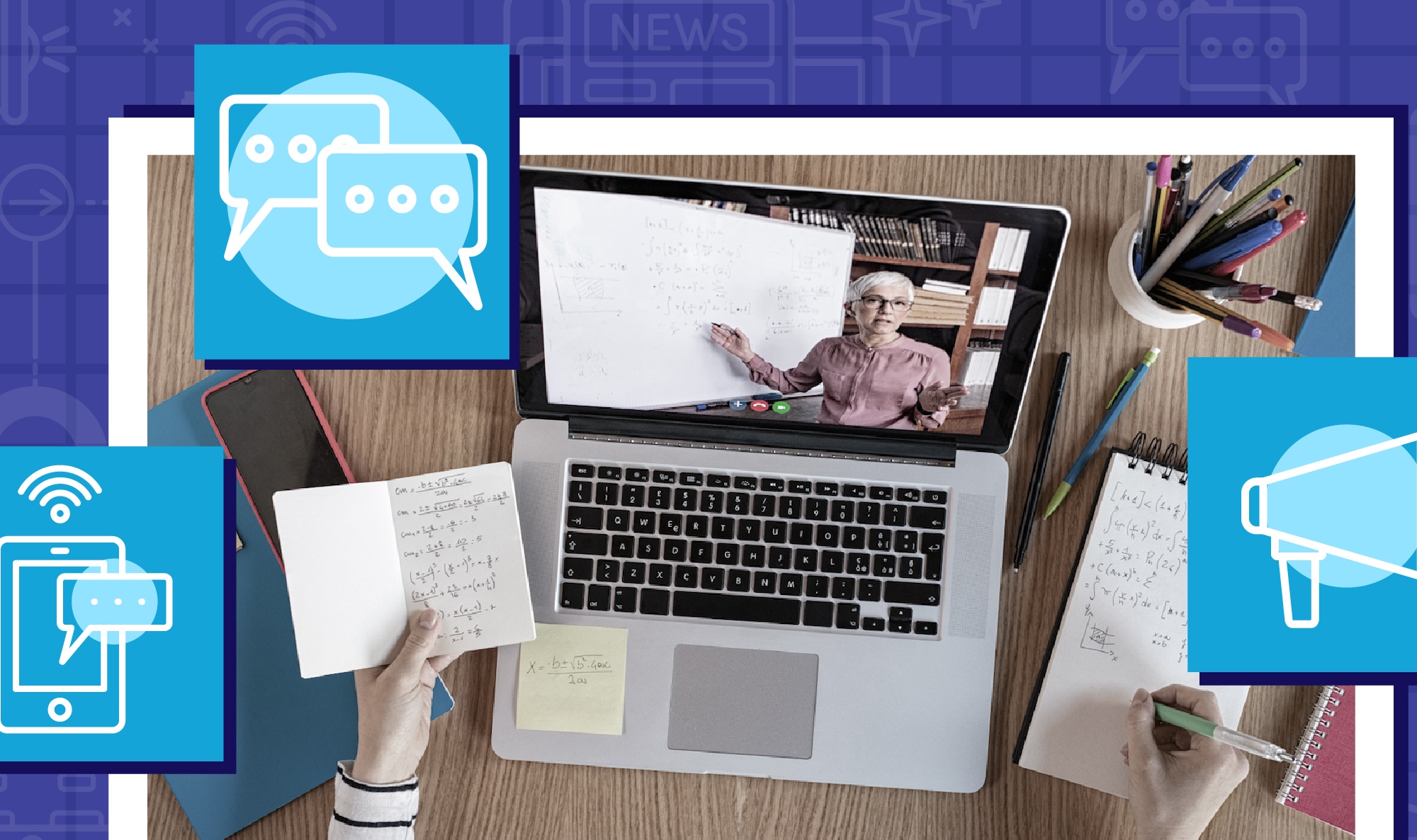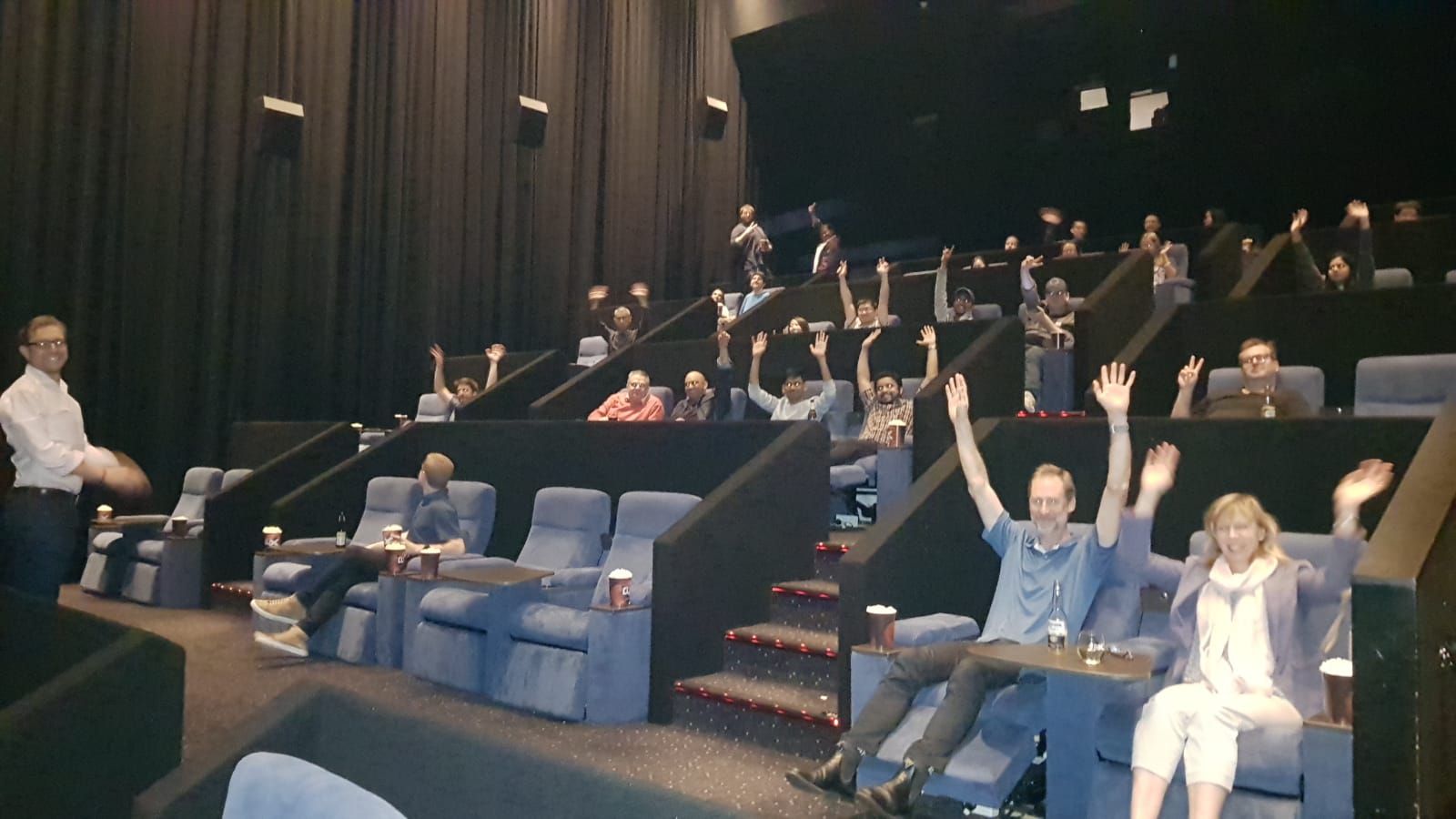
The start of a new year usually brings a time of reflection on the year past and how things might be different for the coming 12 months. Rarely, in fact only once in history, do you get the chance to think that your vision for the year might align with the calendar date; 2020. In reality, that has little to do with anything but it’s fun to ponder the thought. What’s not so much fun is to reflect on the PISA news released towards the end of 2019. Whilst it’s not the brightest note to start the year on, the news cannot be ignored because it highlights some longer-term problems with Australian education. If Australia does not address these, then it runs the risk of failing to provide our children with the best education possible. And whilst some readers may not place too much importance on standardised tests, the results are data nonetheless.
To help students and teachers be the best they can be is at the core of Sentral’s mission. And whilst a full analysis of the 2018 PISA results and how to address them is well beyond the scope of a blog post, this article will take a brief look at how Sentral can be used to improve learning outcomes and provide the foundation for creating a vision for 2020.
The aim of this article is not to rehash what mainstream media has already written about. A quick web search will find the relevant articles, such as those from the SMH, The Australian, and the ABC (listed below). It’s also not encouraging to be reminded of the language that has been used to describe Australia’s 2018 PISA results, like ‘disheartening’, ‘falling behind’, ‘alarm bells’, ‘blame game’ and ‘wake-up call’. What is encouraging to consider is that the OECD provides a succinct ‘Country Note’ for each participating nation, neatly summarising the statistics. When read carefully it can provide useful insight. For example, the media usually reports mainly on reading, maths and science. But perhaps a less known detail is that PISA also reports on “an innovative domain (in 2018, the innovative domain was global competence), and on students’ wellbeing” (OECD, 2019).
Sentral Wellbeing
For Australia, PISA states that “compared to the average student across OECD countries, Australian students reported being bullied more frequently, felt more afraid of failing, and were more likely to have skipped school and feel lonely at school” (OECD, 2019). Whilst a regrettable finding, it’s encouraging to know that schools can access the tools to reverse the situation. Sentral can make a direct positive impact in this space through the use of the Sentral Wellbeing module. Sentral Wellbeing is a highly configurable tool that schools can use to design and implement their approaches to managing wellbeing. Whether adapting to an existing system, or starting from scratch, Sentral Wellbeing enables teachers to work collaboratively on wellbeing issues, confident that information is being shared appropriately and securely amongst relevant staff and allied professionals.
It might seem natural to think of wellbeing in terms of incidents, or problems that may lead to behavioural issues with an individual or small group level. However, one of the issues reported on by PISA is perhaps not so often discussed; what school life means for students’ lives. For example, “some 32% of students in Australia (OECD average: 26%) reported that, in every or most language -of-instruction lessons, their teacher has to wait a long time for students to quiet down” (OECD, 2019). School life for one third of students might therefore ‘mean’ a day filled with distraction before any learning can really begin. Is this a form of bullying on the part of the distractors? Hard to know. Sentral Wellbeing can offer support in this situation as it allows teachers to record behaviours across groups, classes or individuals which can then be shared with other teachers experiencing similar problems of disruption. When considered together, these ‘incidents’ can be be analysed for trends or patterns that can then be appropriately addressed. Teachers can then more easily work together across faculties to coordinate strategies for creating better learning environments.
Power BI
Standardised tests like PISA produce a large quantity of data. As mentioned above, the Country Note provides a succinct look into the data for each participating nation, complete with a set of very statistical looking charts. A key tool used by PISA commentators and journalists is the infographic, which turns these charts into more readable visuals that help us understand what the data are trying to tell us. Sadly, the 2018 charts generally show downward trends. Given that PISA tests are triennial (held every three years) you might be wondering exactly how useful these charts are, after the fact. If the test were annual, you might think that you could respond more promptly and perhaps stem the trends which we now see as so disturbing. Of course, conducting PISA tests annually may simply be impossible given current resources. But what if you could get a visual snapshot of your students’ performance at any given time.
As a Microsoft Strategic Partner, Sentral is pleased to offer Microsoft Power BI (Business Intelligence), an analytical tool that brings raw data to life, creating visuals that are easy to interpret. That’s not to say that PISA charts are difficult to interpret. It’s just that they are released every three years, whereas Power BI is available to schools in real time, all the time. Rather than waiting for standardised test charts to tell you the news (good or bad), Power BI enables schools to see the impact of teaching and learning strategies as they happen. Consider the example from above that 1 in 3 students report long wait times for their classes to quiet down. Power BI enables schools to analyse multiple data types across different categories, which can highlight cause and effect trends. What students are experiencing in one class with one particular learning activity may be having flow on impacts (positive and/or negative) in other classes, such as the ability to quiet down promptly. Power BI can therefore be used not only for remediation, but also for enhancement.
When standardised tests produce poorer than hoped for results, it’s easy to become despondent and lose vision. Media coverage that reinforces the message does help to inform the public about reports that they may not ordinarily read, yet it doesn’t tell the whole story. In the roughly 10,000 schools around Australia there are many teachers who are completely committed to helping students achieve their very best. Sentral is proud to be providing a comprehensive student management platform to over 3000 of them. And each year Sentral invests heavily in further developing the tools that empower teachers and students to be the best they can be. Sentral Wellbeing and Power BI are just two parts of the fully integrated Sentral platform which can help your school deliver outstanding educational outcomes and achieve a vision that could be described as truly 2020.












